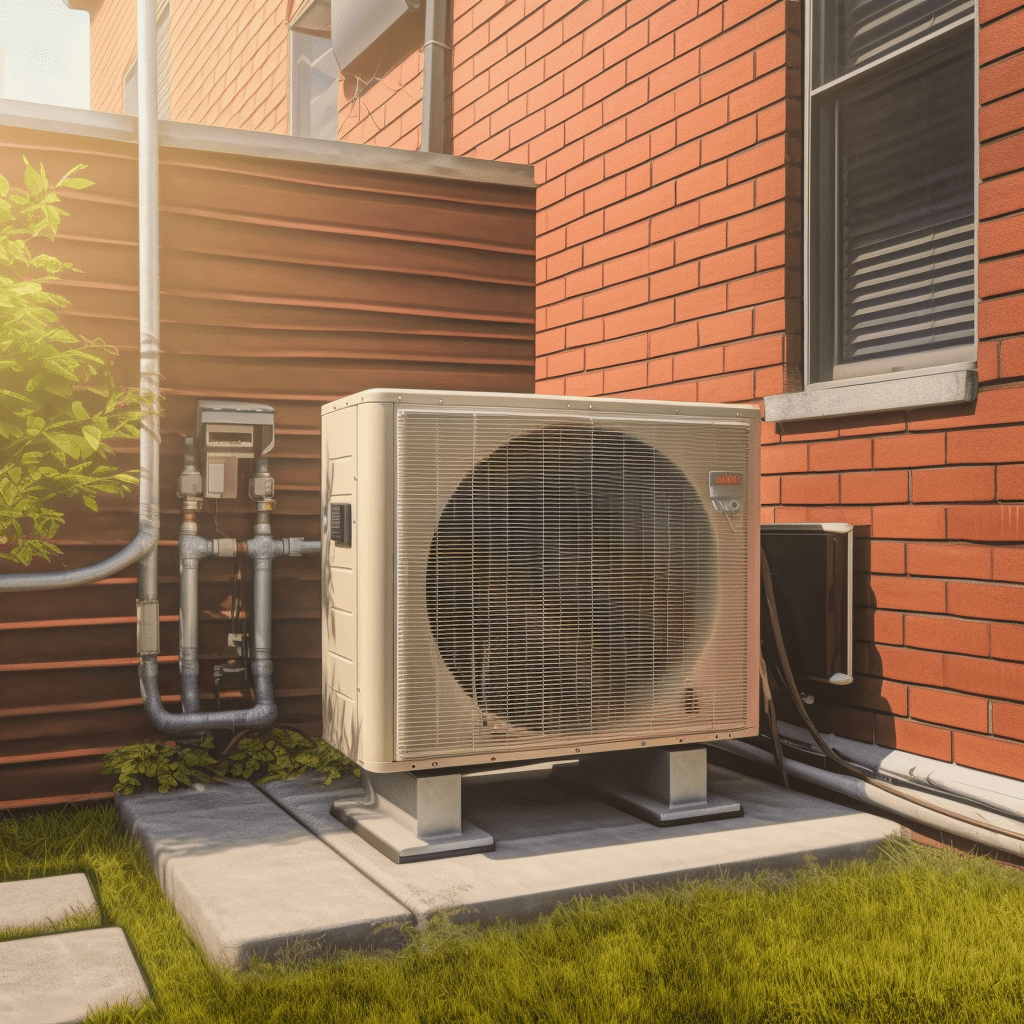Unveiling the Secrets of Central Heat Pump Systems: A Detailed Breakdown from AirGreen Air Conditioning & Heating
The world of heating, ventilation, and air conditioning (HVAC) is a fascinating one, with ever-evolving technologies aiming to improve efficiency and environmental friendliness. At AirGreen, a leading HVAC company in Montreal, one question we often hear is "How does a central heat pump system work?" In this article, we delve into the inner workings of central heat pump systems, revealing their secrets and exploring their advantages.
Central Heat Pump Systems: An Overview
A central heat pump system is a versatile and energy-efficient solution for both heating and cooling your home. Using the principles of heat transfer, it moves heat from one location to another depending on the season. In the summer, the heat pump extracts heat from indoors and releases it outside, while in the winter, the process reverses, drawing heat from the outside air and pumping it into your home.
The Key Components of a Central Heat Pump System
A central heat pump system consists of two primary components: the indoor air handler and the outdoor heat pump unit. The indoor air handler circulates warm or cool air throughout your home's ductwork, while the outdoor unit houses the compressor responsible for the heat exchange process.
The Indoor Air Handler
The indoor air handler is responsible for distributing heated or cooled air throughout your home via a network of ducts. Within the air handler, you'll find several key components:
- Blower: This fan circulates air through the ductwork and into the various rooms of your home.
- Evaporator Coil: This coil contains refrigerant and plays a critical role in heat exchange, absorbing or releasing heat depending on the system's mode.
- Filter: The air filter removes dust, allergens, and other particles from the air, ensuring clean and healthy indoor air quality.
The Outdoor Heat Pump Unit
The outdoor heat pump unit houses the compressor and other essential components, such as:
- Compressor: The heart of the system, the compressor pumps refrigerant between the indoor and outdoor units.
- Condenser Coil: This coil releases or absorbs heat depending on the system's mode, working in tandem with the evaporator coil.
- Fan: The outdoor unit's fan helps dissipate heat and improve the efficiency of the heat exchange process.
The Refrigeration Cycle: The Key to Central Heat Pump Operation
The secret to a central heat pump system's operation lies in the refrigeration cycle, which involves the continuous circulation of refrigerant between the indoor and outdoor units. The refrigeration cycle consists of four main stages: evaporation, compression, condensation, and expansion.
- Evaporation: In this stage, the refrigerant absorbs heat from the indoor air, changing from a liquid to a vapor state.
- Compression: The compressor increases the pressure and temperature of the refrigerant vapor, preparing it for heat release.
- Condensation: The refrigerant releases heat to the outside air as it changes back into a liquid state.
- Expansion: The refrigerant passes through an expansion valve, reducing its pressure and temperature before re-entering the evaporator coil.
This cycle repeats continuously, providing efficient heating and cooling for your home.
Advantages of Central Heat Pump Systems
Central heat pump systems offer numerous benefits, including:
- Energy Efficiency: Heat pumps use less energy than traditional heating and cooling systems, as they move heat rather than generate it.
- Cost Savings: Although the initial investment can be higher, the long-term energy savings can offset the cost, making heat pumps a cost-effective choice.
- Year-Round Comfort: A central heat pump provides heating and cooling, ensuring consistent comfort in your home throughout the year.
- Environmentally Friendly: Due to their high energy efficiency, heat pumps can significantly reduce your home's carbon footprint.
- Quiet Operation: Modern central heat pump systems operate quietly, contributing to a peaceful home environment.
Maintenance of Central Heat Pump Systems
Regular maintenance is vital for your central heat pump system. Regular check-ups and tune-ups can help ensure efficient operation, prevent unexpected breakdowns, and extend the system's lifespan. Typical maintenance tasks include cleaning or replacing the air filter, checking the refrigerant level, inspecting and cleaning the coils, and checking the overall system performance.
At AirGreen, our skilled technicians provide top-notch maintenance services, ensuring that your central heat pump system operates at peak efficiency. Our preventive maintenance plans are designed to save you money in the long run by avoiding costly repairs and ensuring your system's longevity.
AirGreen: Your Trusted HVAC Partner in Montreal
With years of experience in HVAC services in Montreal, AirGreen is your reliable partner for all your central heat pump system needs. Our trained and certified professionals provide expert installation, repair, and maintenance services. We are committed to helping you achieve optimal home comfort and energy efficiency with high-quality HVAC solutions.
Whether you are considering installing a new central heat pump system or need maintenance or repair for your existing system, trust AirGreen to deliver exceptional service. Let's work together to create a comfortable, energy-efficient, and healthy living environment for you and your family.

